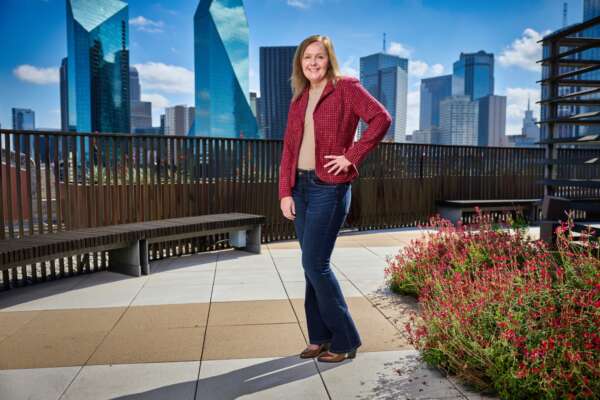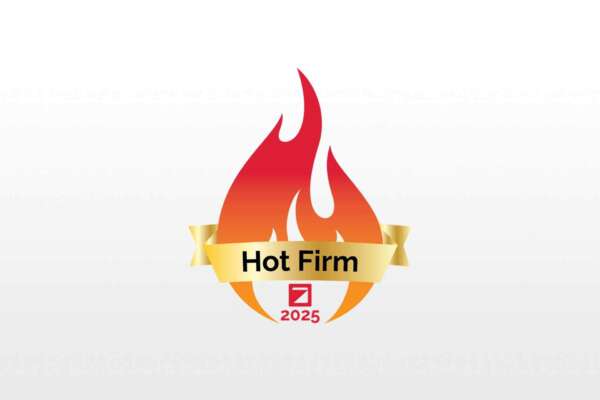Beyond upgrades: Designing reliable, resilient, and sustainable electrical and illumination systems
Garver has a long history of delivering innovative, efficient, and economical designs and long-term maintenance solutions on a variety of electrical projects. This expertise has primarily been delivered to airports across the country, but has benefited departments of transportation and municipalities, as well.
With its newly formed Electrical Resiliency and Illumination Team, Garver is now maximizing this specialization with an in-house team of experts whose focus will be centered around electrical reliability, resiliency, and sustainability.
In this IQ&A, Garver’s series of conversations with leading experts, Electrical Resiliency and Illumination Leader Bart Gilbreath, PE, LEED AP discusses how this new team is set up to address these unique challenges.
How can Garver’s new ERI Team benefit airports, DOTs, and municipalities?
With this new team, we’re leveraging decades of experience in delivering innovative electrical solutions, such as arc flash studies or roadway and bridge lighting.
No matter the type of project, though, we’ll aim for each project to be resilient, reliable, and sustainable. These are the three pillars on which we’re building our team. If you’re resilient, you have increased recovery and adaptability through multiple power sources. If you’re reliable, that means there is proactive maintenance, which is made possible through arc flash, short circuit, and coordination studies. If you’re sustainable, that means you’ve incorporated renewable energy sources and energy reduction.
Building our projects on these three pillars leads to improved operations and, perhaps more importantly, improved business for the client.
What’s the difference between resiliency and reliability?
To be honest, these terms are easy to confuse or use interchangeably. But they’re not the same. Put simply, if you overcome adversity, that’s resiliency. If you avoid adversity, that’s reliability. That’s why we’ve built our team around the above three pillars: Reliability, resiliency, and sustainability. Each one supports the other, and we make every effort to achieve all three. And, perhaps most important, electrical and lighting systems need to be both.
What is the ERI Team doing for innovative lighting for transportation projects?
Traditionally, we have partnered with DOTs and municipalities across the country to upgrade road lighting to new LED fixtures. This continues to be important, but the illumination side of this newly created team can take that service even a step further.
Take an ongoing project with the City of Tulsa, for instance. This project includes relighting approximately 1 ½ miles of the Broken Arrow Expressway with LED fixtures, while trying to reuse as much infrastructure as possible, implementing a city-wide lighting control system, and providing further analysis of city-wide lighting implications. But a unique aspect of this project involves creating an innovative way to incorporate into that system a means to identify copper theft. This will not only provide the City with much-needed lighting upgrades but a cost-saving element, as well.
What can the ERI Team do for electricity at airports?
Delivering the most state-of-the-art electrical systems to airports of all sizes has been an integral part of our Aviation Team’s services for decades now. But, again, the creation of this team allows us to go even a step further with our services.
For example, we have performed LED airfield lighting upgrades at countless airports across the country – and we’ll continue to do those per need. But when executing these projects, our team will be intentional about not just upgrading to better performing, more energy efficient fixtures, but also designing the systems so that the lighting is more direct, which minimizes light pollution. This is especially critical with parking lot, apron flood lighting, and other area lighting around an airport. We’ve completed projects like this at Northwest Arkansas National Airport and at Dallas Love Field, the latter of which helped reduce glare issues on the airfield, as well. Not only does this improve energy efficiency and reduce light pollution, but also improves safety for pilots by reducing debilitating glare in a busy environment.
More than anything, this team will work each day to make sure the projects aren’t just upgrading electrical systems, but that the new systems are reliable, resilient, and sustainable for the owner and those who use them.
To learn more about Garver's Electrical Resiliency and Illumination Team, contact Bart below.









Share this article